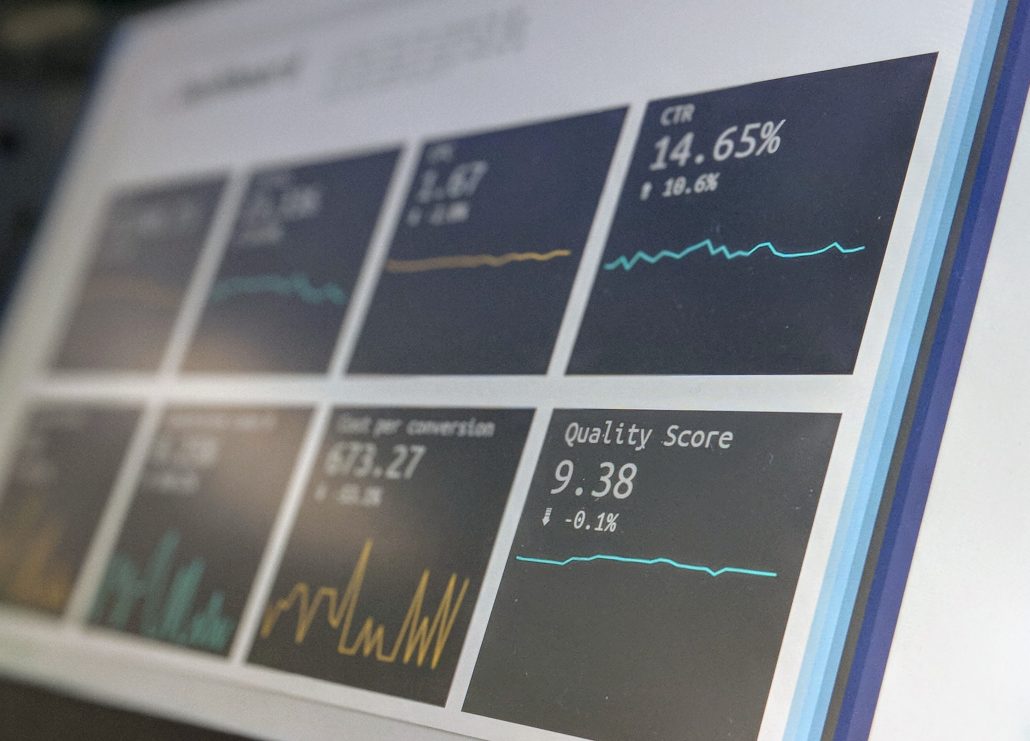It is a fact that prices are constantly changing and therefore most online stores opt for automated solutions to price monitor their competitors. This type of automated tracking has emerged in response to the need to find new ways to analyze the strategies of rivals in the market, and thus gain in competitiveness and improve the positioning for any online store.
What is the most common pattern in today’s e-commerce strategy?
The level of competitiveness in multiple markets and sectors has increased exponentially, and this has lead many online stores to concentrate much of their efforts on keeping up with rivals’ price moves. Online stores choose to perform competitor price monitoring in order to be more competitive and have the chance to win more conversions.
There are very few cases in which competitive advantage is based solely on the product and its characteristics. If a product is clearly differentiated from the one of the competition and it has better characteristics and quality, there is a possibility of playing to a greater extent with the price and achieving a better profit margin. However, this type of situation is very rare and what usually happens is that most online stores compete with identical products. It is then when tactics such as promotions, gifts associated with the purchase, discounts, etc. come into play. There are common patterns and trends in the pricing strategies of many e-commerce businesses, but that does not mean they have to be followed blindly.
It is important to monitor the strategy of competitors and stay at a competitive level in the market. However, you must ensure the health of your online store and, in this respect there are certain indicators that you should always have monitored to ensure that you are making the right pricing decisions. Such indicators are: Price Index, Conversions and Margins, which we will now examine in more detail.
Price Index as a competitiveness indicator
The Price Index (PI) is one of the essential indicators to know if you are at the same level of competitiveness as rival stores. If in your daily competitor price monitoring you observe that your PI is far below your rivals’, this will mean that you are behind in the ranking of the most competitive stores. In this case, this KPI would act as an alarm: you could be losing conversions due to higher prices. In addition, the perception of competitiveness by your potential customers, as well as the positioning of your store in Google Shopping could be affected. Do people click on your products, but do not finish the purchase process? You may not be the seller with the most attractive price.
However, as we mentioned earlier, taking into account this metric does not mean that prices should simply be lowered. Sometimes a price adjustment is not possible, as it would result in a negative profit margin. At other times, the smartest move may be to match competitors’ or reduce prices just by a cent, for instance. In any case, you should never put profit margins at risk. If you are faced with a situation in which you cannot reduce margins any further, but you notice competition keeps reducing prices, try to talk to your suppliers to confirm what is going on with the cost price.
How pricing changes and strategies affect your profit margin
The margin is a critical metric that marks profits made and it tends to be frequently adjusted, especially in top-selling products. However, one solution is to adjust the margin for the most competitive products and try to identify opportunities to widen such margin in other items for which you have the most advantage. Remember that you must always control and protect your margins.
If you notice that you lack a more comprehensive view of what is happening with your margins, perhaps price monitoring alone is not enough and you also need more advanced solutions that allow you to dynamically carry out price changes that take into account the state of the market and your minimum margins.
New pricing strategies to increase your conversions
A good price index, optimised margins and a stable or upward trend in conversions are a clear sign that the tactics developed are working correctly. In fact, the secret lies in knowing how to play with margins, without reaching massive reductions that endanger your business revenue.
If you want to know more about how to optimize your store’s pricing strategy, you can consult our website for more information or even contact one of our product specialists directly.





